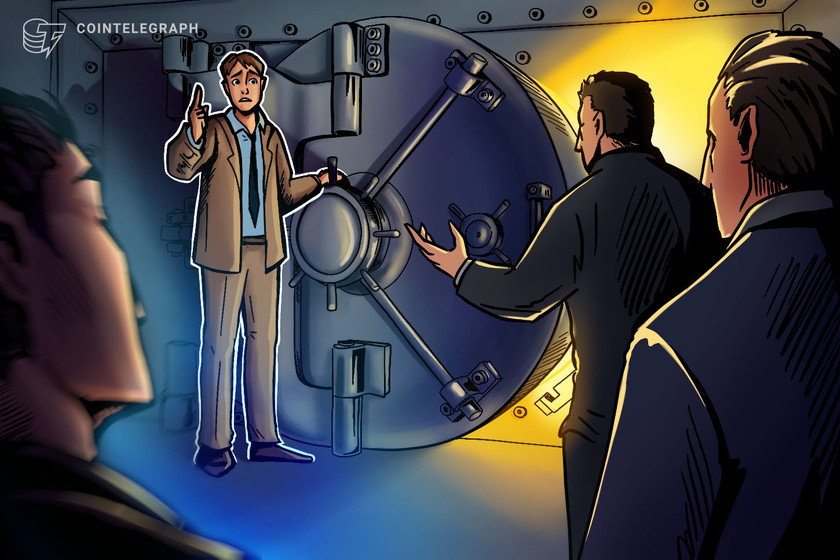Allbridge to first begin repaying stuck bridge users after recouping funds


The compensation process is expected to start next week, starting with users who had funds on the bridge “shortly before the shutdown.”
Users with funds stuck on the multichain token bridge provided by Allbridge are first in line to receive compensation under a recovery plan posted by the project following a recent exploit.
In an April 5 statement, Allbridge said it has already started a compensation process for users despite only “partly recovering funds” after it was hacked for roughly $573,000 on April 1.
“We will start with the bridge users whose transactions got stuck in pending due to the emergency shutdown,” Allbridge said, adding it will then compensate its liquidity providers (LPs).
We are committed to compensating our users affected by the exploit and are prepared to reveal our recovery plan.
Please check the latest announcement for details: https://t.co/h17VDKZ7H7
— Allbridge (@Allbridge_io) April 4, 2023
“We aim to fully compensate those victims of the exploit with funds available to us,” it wrote.
It noted that it enabled LPs to withdraw funds on April 2, with the majority withdrawing their assets from the pool. Some, however, could withdraw even more “due to the pool’s disbalance.“
Others could not withdraw “a reasonable amount” from the liquidity pool due to some users withdrawing more than their original balances and the hack’s impact on the pools.
An application form is currently being drafted for LPs who could not withdraw their assets, allowing them to apply for compensation and provide details of their losses.
The form is anticipated to be completed within the next two days. The compensation process is expected to commence next week, starting with users who “have used the bridge shortly before the shutdown.”
“All the affected parties by the exploit will be subject to additional rewards in the future, but compensation remains our main priority.”
The compensation plan comes after Allbridge tweeted on April 3 that 1,500 BNB (BNB), worth approximately $465,000, was returned to the project following a public proposal made to the hacker in an April 1 tweet.
Related: Allbridge to become the first token bridge for the Stacks token
The protocol’s exploiter seemingly accepted Allbridge’s offer of a “white hat bounty,” where they could keep a portion of the stolen funds in exchange for an assurance that no legal action would be taken.
Meanwhile, Ethereum-based noncustodial lending protocol Eurler Finance announced on April 4 that it recovered most of the $196 million stolen in a March 13 flash loan attack following successful negotiations.
The attacker managed to steal millions worth of Dai (DAI), USD Coin (USDC), staked Ether (stETH) and wrapped Bitcoin (WBTC) in the largest hack of 2023 so far.
Magazine: Crypto winter can take a toll on hodlers’ mental health





